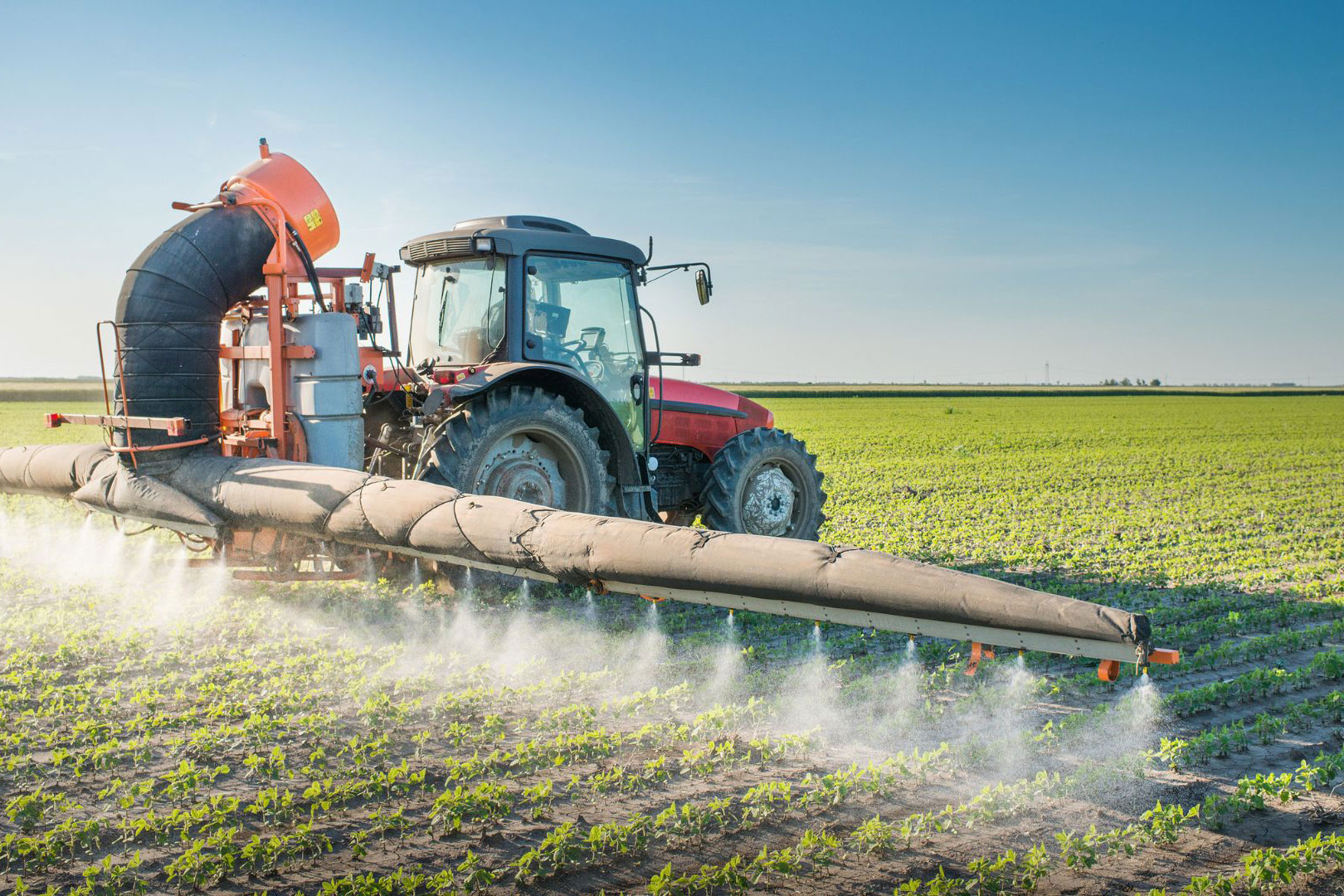Mitigating Carbon Dioxide and Nitrate Emissions Using Renewable Energy
Mitigating Carbon Dioxide and Nitrate Emissions Using Renewable Energy
Mitigating Carbon Dioxide and Nitrate Emissions Using Renewable Energy
Program: Carbon Neutrality Acceleration Program
Program details » | All Carbon Neutrality Acceleration Program projects »

Testing a novel chemical process that could simultaneously reduce emissions and remediate pollutants
Project team: Nirala Singh, Chemical Engineering (PI); Bryan Goldsmith, Chemical Engineering
Project Summary
Urea, a ubiquitous but essential fertilizer, is synthesized at high temperatures and pressures using methane, nitrogen, and carbon dioxide. Its production releases 11.5 million tons of CO2 annually in the U.S. alone.
In an effort to lower the carbon footprint of urea production, this research team will test a new electrochemical process that uses renewable electricity, carbon dioxide, and nitrate to make the fertilizer. Their use of renewable electricity in place of methane will significantly reduce the carbon dioxide emissions associated with the urea production process.
In addition, the team’s replacement of stable nitrogen with reactive nitrate will lower the overall energy required for urea production. Moreover, as nitrate is one of the most common water pollutants, coupling it with carbon dioxide will have the dual benefits of producing urea in a carbon-neutral fashion and simultaneously remediating an abundant pollutant.
The researchers expect to develop novel catalysts and electrochemical techniques, and will work with NSF’s Innovation Corps to identify markets and market barriers for the proposed technology. In addition, they will generate datasets of characterized catalysts, rate data, computational material studies, and data for external proposals. Upon securing additional funding, the team plans to test its proposed catalysts in a scaled-up reactor and perform a techno-economic analysis to help bring their work to market.
The team’s experimental-computational approach has the potential to bring about research discoveries that mitigate harmful carbon emissions while producing urea-based fertilizers. In addition, given that chemicals involving nitrogen are responsible for the same amount of carbon dioxide emissions in the U.S. as cement or iron and steel, their work could have a significant real-world impact.
This team received a $50,000 CNAP faculty research grant in 2022.